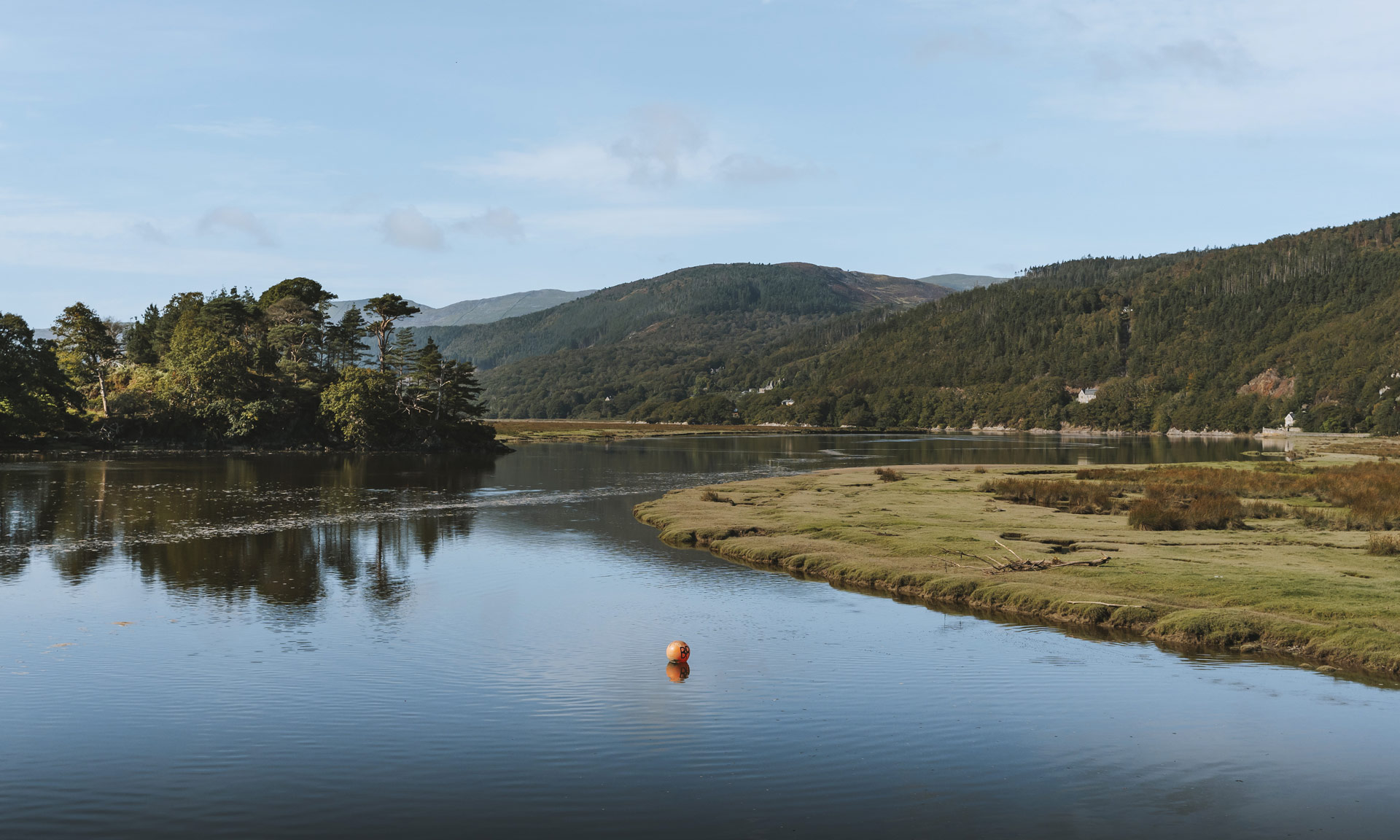Peatlands are an integral part of Eryri’s landscape.
Not only are these wetland areas thriving with wildlife and vegetation, but they also happen to be nature’s ultimate carbon store.
How do peatlands store carbon?
The waterlogged condition of peatlands is what makes these ecosystems unique. It means that the decomposition rates of plants and vegetation is extremely slow compared to other ecosystems meaning that plants and mosses never completely break down. These conditions allow peatlands to store vast amounts of carbon in the soil.
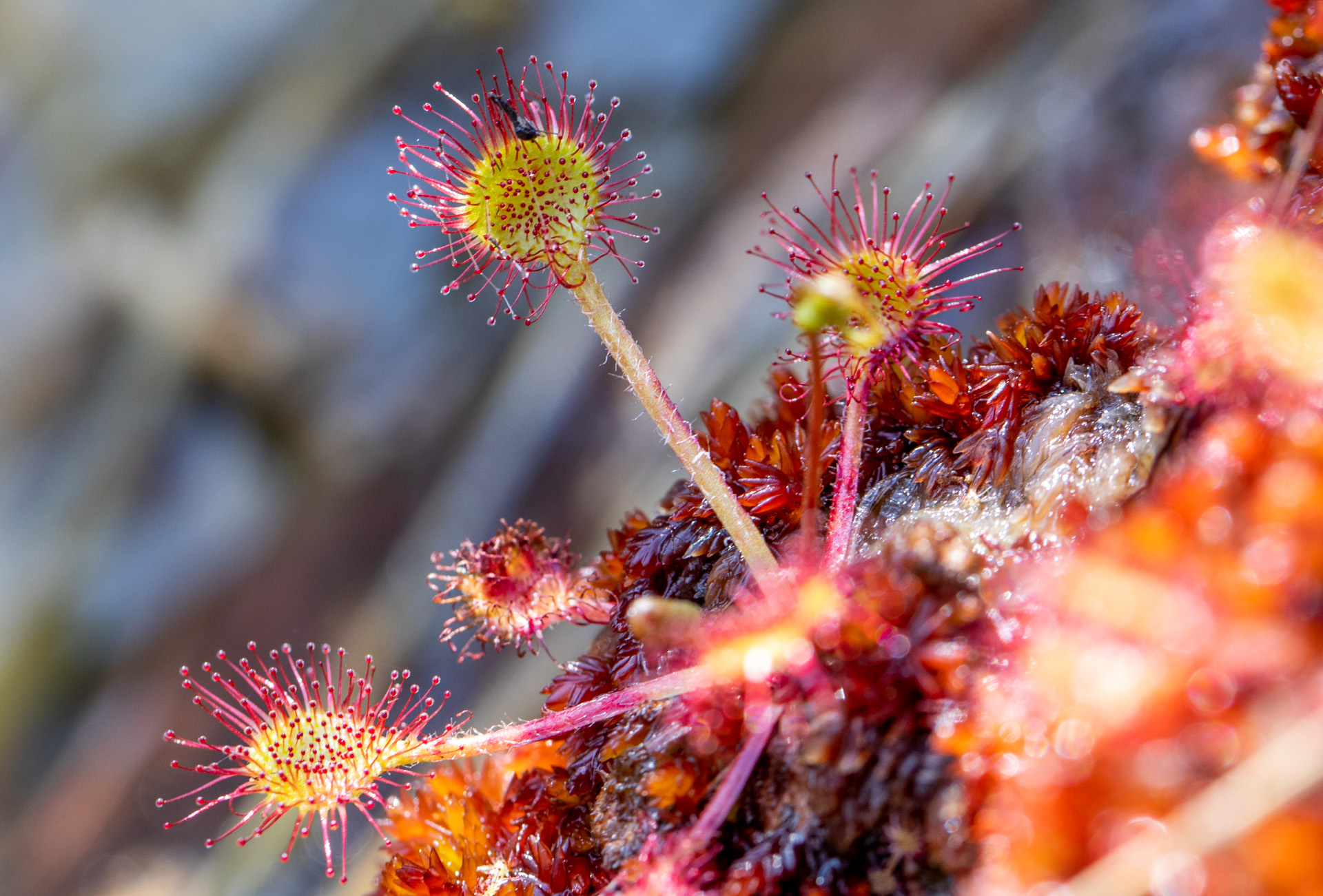


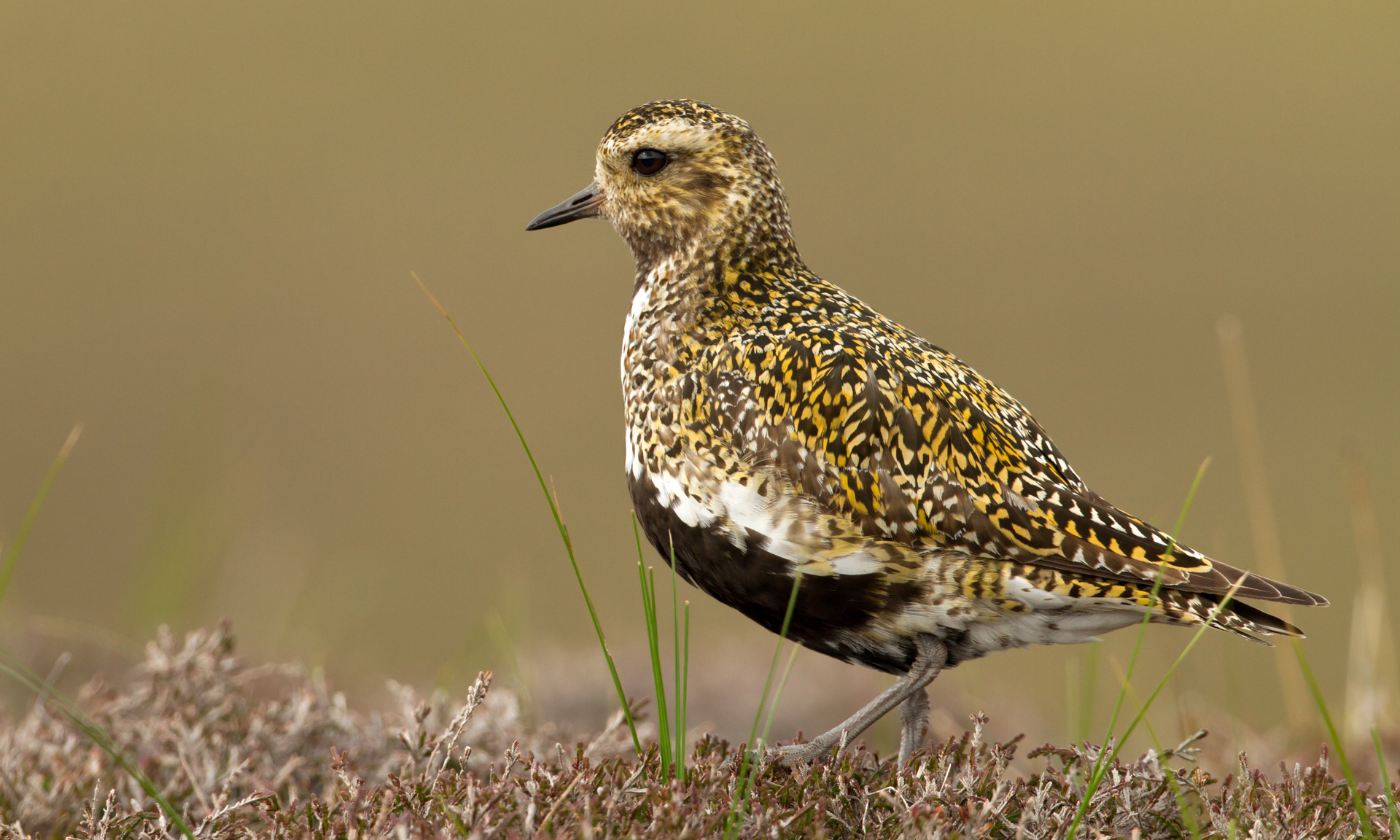
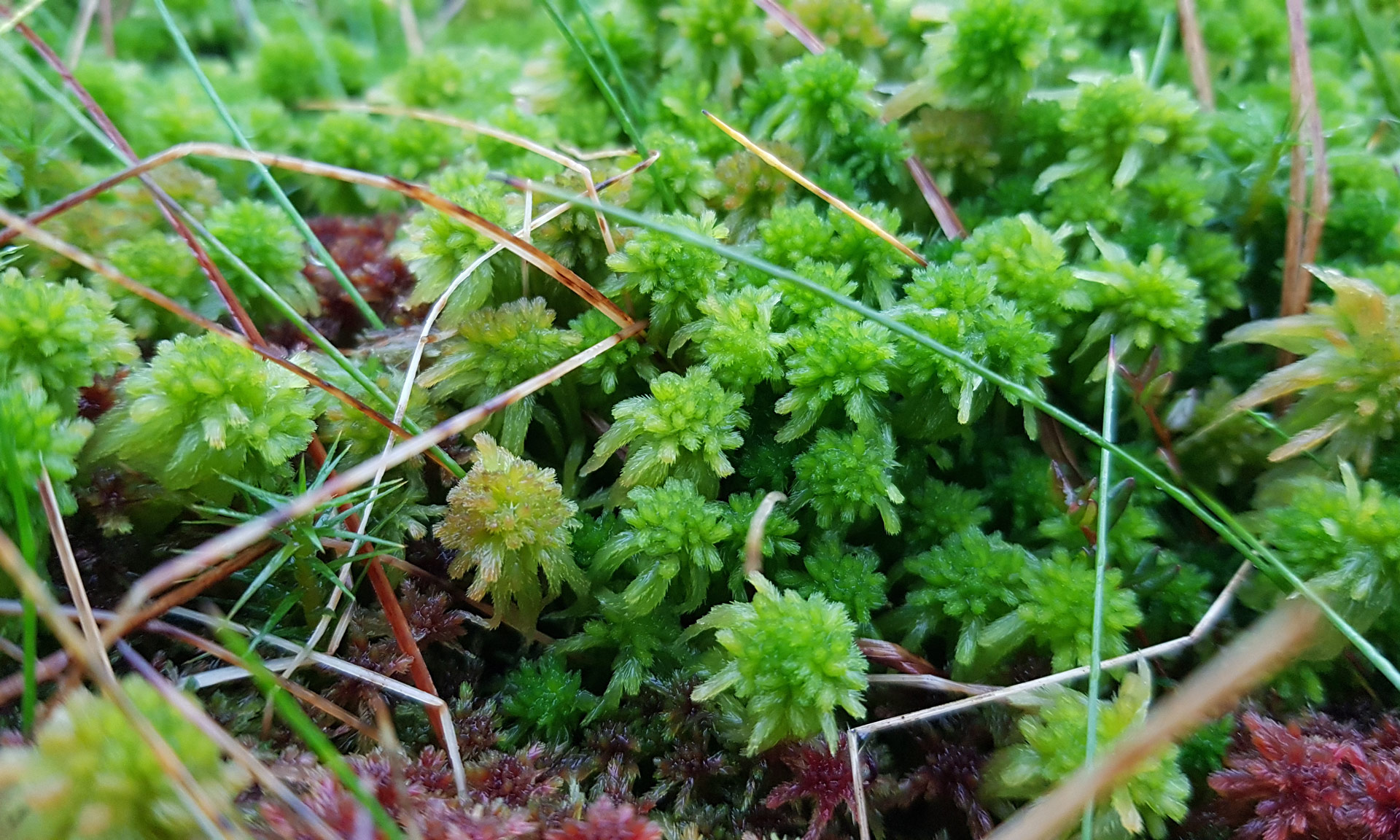
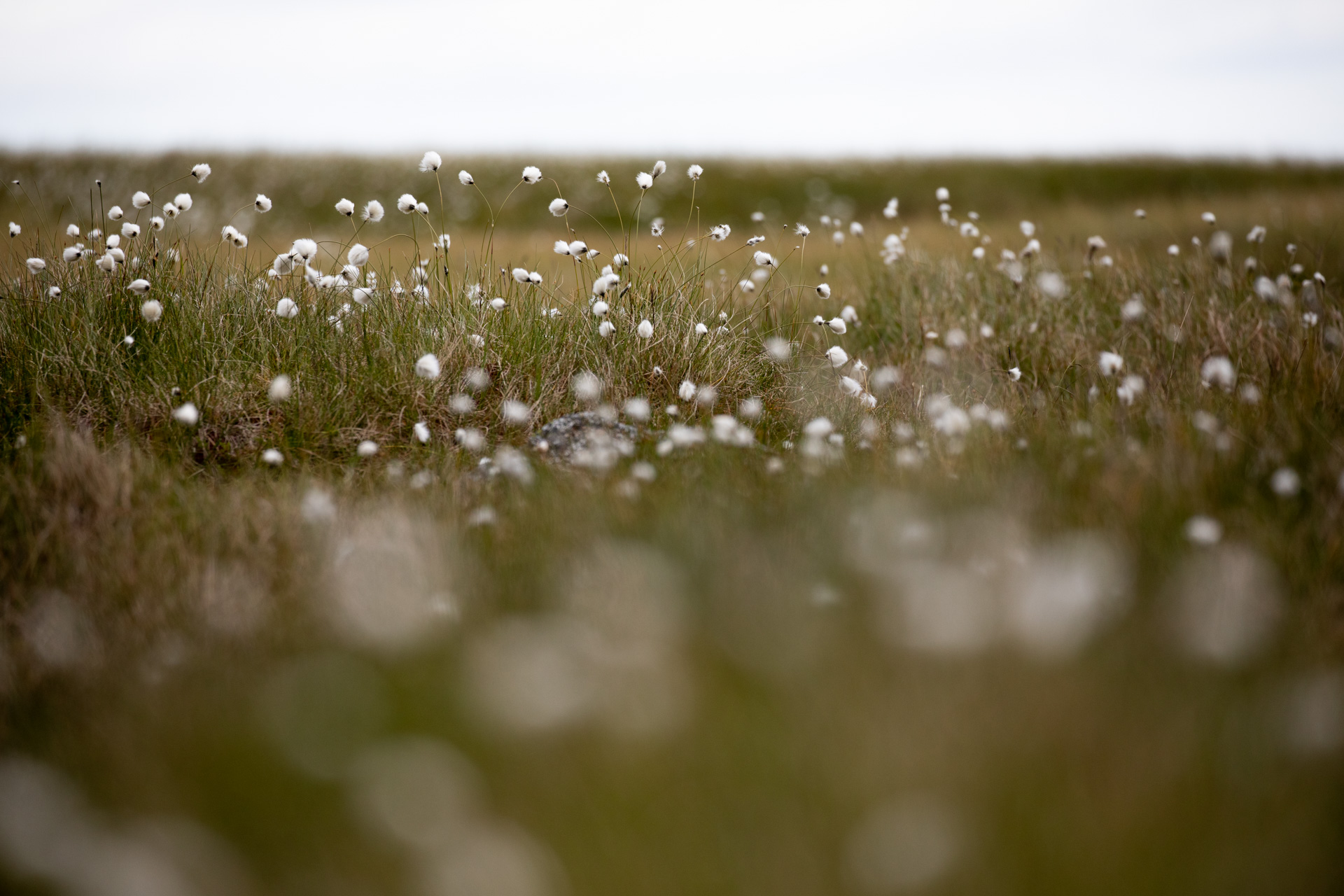
Protecting peatlands
Restoring damaged peatlands
Peatlands were once seen as waste lands with little agricultural use, so they were cut for fuel, burned to manage vegetation, and drained to try and improve the land for livestock. All these activities dried out the peat, releasing tonnes of greenhouse gases and depleting that precious carbon store. We now understand the importance of restoring peatlands to their natural, wet form to reduce emissions and protect that carbon store. Peatland restoration projects have become an important part in global efforts to tackle climate change. Around 75% of Welsh peatlands are in a damaged or modified condition. The National Park Authority are actively restoring and managing damaged peatlands in Eryri.
Using peat-free compost
Extracting peat for use in gardening causes peatlands to emit an estimated 16 million tons of carbon every year – roughly equivalent to the annual greenhouse gas emissions from over 12 million cars. Luckily, most of our garden plants prefer non-peat composts and there are plenty of peat-free alternatives out there.
Sustainable management
Sustainable management is key to protecting peatland areas. Effective management can include involving local communities in the management plan as well as supporting land managers to manage peatlands sustainably. Already, changes in grazing have made huge improvements on some sites. The National Park Authority have been working with the Peatland Code to find long-term solutions to funding peatland restoration and management through carbon credits.
The Welsh Peatlands Project
The Welsh Peatlands project was a £1m partnership project led by the National Park Authority to help improve the condition of Wales’s peatlands through restoring and managing peatland areas.
